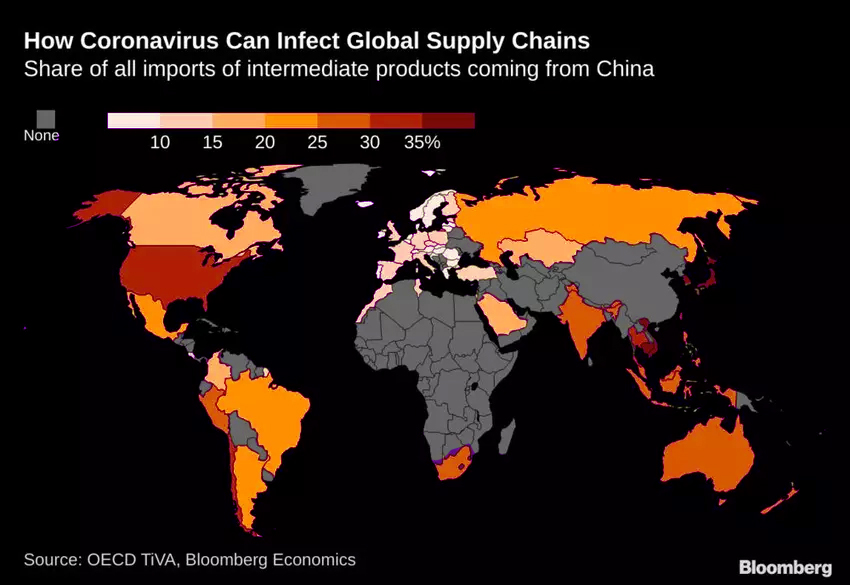Impact of digital supply chain on supplier collaboration
Publish Date: June 23, 2020Historically, supply chain professionals have focused on the four ‘Vs’ – volume, volatility, visibility, and velocity – to optimize results across the value chain and support innovation. While these traditional priorities remain unchanged, supply chain decision-makers have increasingly faced the need to achieve higher levels of performance through the adoption of digital solutions.
Then the pandemic hit.
COVID-19’s global impact led to new restrictions globally, increasing the pressure on economic and business processes. Consequently, supply chains are facing another unique set of challenges.
The immediate impact of a global crisis on supply-chain
Fiat Chrysler Automobiles, for example, announced as early as February about the halting of car production due to the unavailability of parts from China[1]. Such problems can be solved with the right and timely interventions. Supplier risk and response technologies have already changed the landscape in the wake of the growing presence of global disruptions i.e., natural disasters, pandemics, geopolitical unrest, sustainability laws, tariff threats, etc. By creating a technology ‘nerve center’ (as McKinsey describes it), it is possible to restore significant production capabilities, if the right kind of flexibility and resilience is built-in against future shocks.
The first step towards solving a problem is admitting there is one // Adapt faster to emerge stronger
Times of crisis require a calm, experiential, and informed approach. It is essential to know which risks can potentially bring your production lines to a halt and create a negative financial impact. A transparent view of specific exposures across various supply chains should enable a quicker recovery
post-crisis. Acting intentionally today can ensure we emerge from this crisis stronger and better prepared for the next one.
Building a technology ‘nerve center’ brings together a common operational picture in a single, flexible source of the truth. Thus, allowing leaders at all levels to navigate through these dynamic situations efficiently. Creating supply chain insights, reacting to change, and improving response times helps evaluate the various risk profiles that might impact the business. Strategic technology implementation can help in identifying and dealing with the worst-case scenarios in sales and operations planning, materials availability impact, critical supplier relationships, and weaknesses in logistics networks. The nerve center must aim to act as a single source of truth and transparency, providing the unbiased foundational information layer to aid in critical decision-making.
As ambitious as this sounds, but done right, the nerve center can help manufacturers break through various levels of distorted data and siloed organizational functions to create one common operational picture.
Creating multi-tier transparency:
A transparent view of the multi-tier supply chain with scenario planning capabilities helps in agile implementation and assists in tactical and strategic decision-making. It requires a clear understanding and identification of critical components, downstream suppliers, risk-intensive geographies, logistics provider networks, and more to create a risk profile at a component level.
Identifying the weak spots in your supply chain network is essential to enable real-time scenario-based planning. Consequently, this intelligence-led common operational picture (COP) will provide the appropriate response/action to be taken for leaders both at a management and ownership level. Planning with utmost transparency aids in inventory monitoring, lead time estimation, and early impediment detection and recovery plans.
Creating a supplier-risk assessment can also shape further discussions with critical low-tier suppliers. Here as well, technologies play a crucial role, allowing manufacturers to build robust data links, get real-time visibility into the end-to-end supply chain, and ensure agile & accurate decision-making.
Triage your risks, prepare for the next one
As the pandemic and its effects subside over time, the immediate focus across sectors will be on improving and creating resilience in supply chain capabilities. Acting intentionally and preparing today will help you emerge stronger from the next disruption.
[1] MarketWatch
More From Author.
-
The Impact of Forecast Variability on Supply Chain Performance November 20, 2020



















